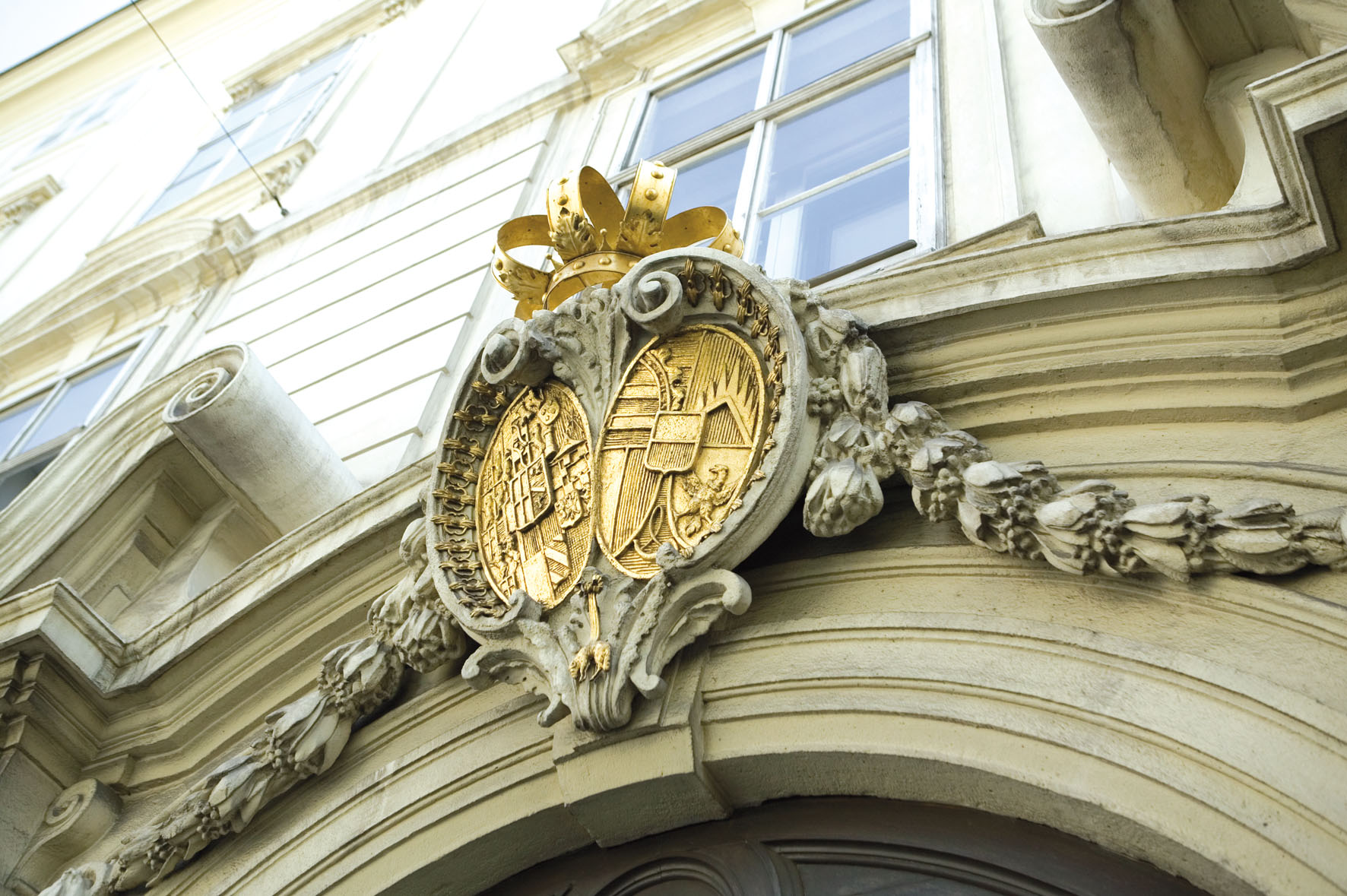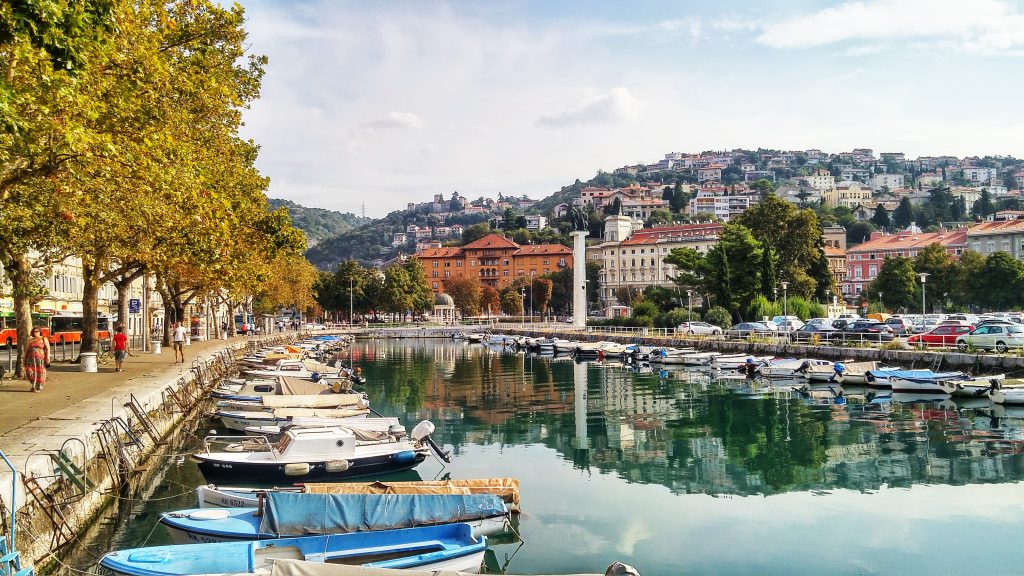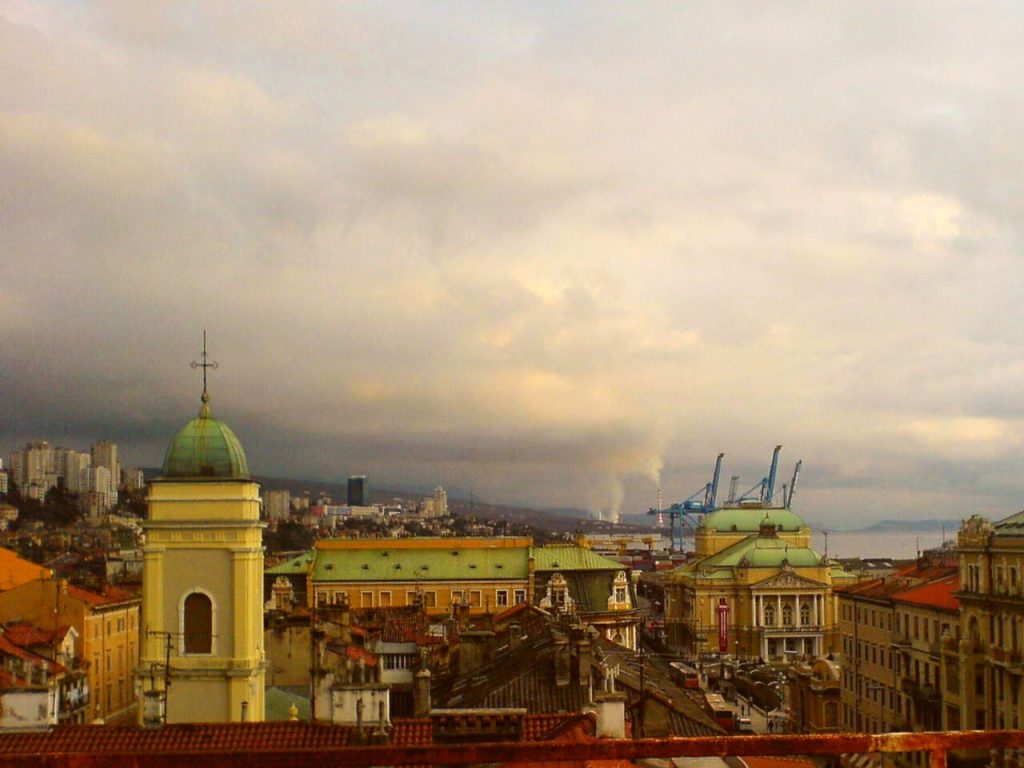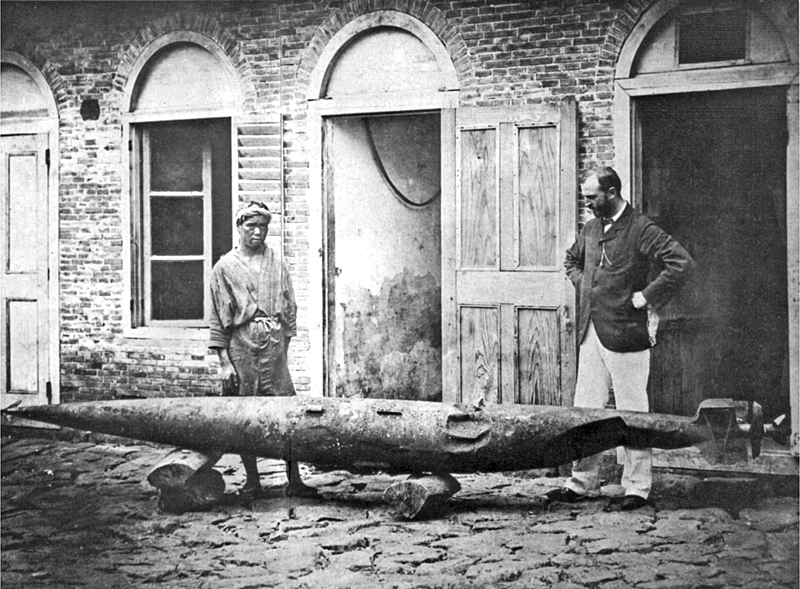

Rijeka is one of the most emblematic cities of the former Habsburg Empire. The Kvarner’s capital has a complex identity and intricate history that never cease to intrigue (and confuse) those who visit it. Ivan Jeličić is a professor of contemporary history at the University of Rijeka and one of the researchers who worked on the creation of the “Rijeka Fiume In Flux“, a tool that allows you to navigate through the different layers of the city that in 2020 was the European Capital of Culture with the slogan of “Port of Diversity”. We asked him to tell us a little about the Habsburg Rijeka.
A key year in Rijeka’s history is 1719, when the municipality receives – like neighboring Trieste – the status of a free port. What happens?
After a long period of immobility, in the 18th century Rijeka has the opportunity to play a major role in the economy of the Empire.The occasion for this economic revival is precisely the granting of the Free Port status by Emperor Charles VI in 1719. This status grants Rijeka and Trieste the opportunity to develop as important trading ports, marking the beginning of a new era.
Moreover, with the decline of the Republic of Venice and its loss of power in the Adriatic, Rijeka could now trade more freely, using the sea as a connection to the ocean and becoming a gateway of the Empire to the world.
In the eighteenth century, the city also assumed its role as Corpus Separatum within the Kingdom of Hungary. What does this mean?
It was Empress Maria Theresa who ceded the city to the Kingdom of Hungary in 1776, first incorporating it into the administrative sphere of Croatia, then, beginning from 1779, as corpus separatum of the Kingdom of Hungary. This came about as a result of the continuing protests of the inhabitants of Rijeka, who had always identified their belonging primarily with the city itself, rather than with the Hungarian or Croatian “nation.” Their resistance to annexation to Croatia, moreover, was also motivated by the desire to retain greater autonomy over local economic issues. An administration further away (in Budapest) was thus to be preferred to one closer (Zagreb).

How does Rijeka develop from this time?
As the industrial revolution that began in England reaches Rijeka, the city is transformed into a bustling port city, a place where goods and people move nonstop. However, the real economic and emographic boom occurred after 1867, when the Hungarian component of the Austro-Hungarian Empire, with the goal of gaining an outlet to the sea, put the city under the direct control of Budapest (but it should be pointed out that Rijeka retained its historical municipal autonomy). Related to the preindustrial periodis, for example, the building where the City Museum is located today and which once housed the sugar factory. Until the 18th century, sugar represented one of those commodities capable of conferring importance and remains a small part of the trade in Rijeka.
What happens instead in the nineteenth century?

As the movement of goods increased (Rijeka was involved in exporting grain from Hungary and importing a wide range of goods), transportation -and particularly the rail network- takes on a key role. During the nineteenth century, Rijeka was connected through railroad to several cities in the Empire. The two railway lines built in 1873, which connected the city to Pivka in Slovenia and to Karlovac, celebrated in 2023 their 150th anniversary.
However, goods did not only travel on the train tracks. Several shipping companies were based in Rijeka, including the Adria Company. These enterprises operated on ocean routes,focusing more on long-distance transportation than on local trade.
What industrial realities developped in Rijeka?
There is the torpedo factory, where the torpedo was invented in 1870, a mineral oil factory mineral, but also the oil industry, which had considerable progress until the late 1900s. Then, wee need to mention the shipyard, which began operations in the early 1900s and became a modern center for launching important ships of the Austro-Hungarian.
What is the history of the torpedo factory?
It is the English entrepreneur Robert Whitehead who invented, along with the Fiuman Giovanni (or Ivan) Lupis, the torpedo. his history is fascinating. In the graveyard of Rijeka there is still a mausoleum dedicated to him, although after his death the body was buried at his birthplace in the United Kingdom. In any case, Whitehead spent a significant period in Trieste and later in Rijeka, where he was involved in the creation of the torpedo plant. What makes him an interesting character is his approach to industry and work. He brought with him the British industrial experience, and had a vision that

today we would call capitalist paternalism. This resulted in better work and higher wages for workers, creating an environment in which the working elite could prosper. His presence and initiatives contributed greatly improved the lives of workers in the torpedo factory and made him a prominent figure in Rijeka’s industrial history.
How does the city change with the industrial boom?
River becomes an important urban center along the east coast of the Adriatic and attracts a considerable flow of immigrants. The population of the city grows steadily over time. If in 1850 it counted
15,000 population, in 1910 it reaches 50,000. New neighborhoods are born, called “New Town” as opposed to the historic “Old Town.” They mainly consisted of of residential blocks. This period also sees the construction of the main street of the city, today’s Korzo, overlooked by the buildings of distinguished citizens. Many of the investors were foreign-born and their buildings have become landmarks in the urban image, such as the aforementioned Sugar Mill Palace, built in the 18th century.
What is the memory today of the Habsburgs in Rijeka?
The memory of the Habsburgs varies widely depending on who is considering it. It’s A complex question with several facets. In the final period of the 19th century, there was generally a rather positive memory of the Habsburgs, especially since this was considered the height of the city’s golden era. However, there is a problem with this positive narrative, as it tends to neglect the social aspect and conditions of workers. It doesn’t take into account the harsh realities of daily life and working conditions during that period.

Ivan Jeličić is a professor of contemporary history at the University of Rijeka and one of the researchers who worked on the creation of the " Rijeka Fiume In Flux " application.



Start your journey in the Extinguished Countries!
Get a free chapter from our first guidebook “Republic of Venice” and join our community!